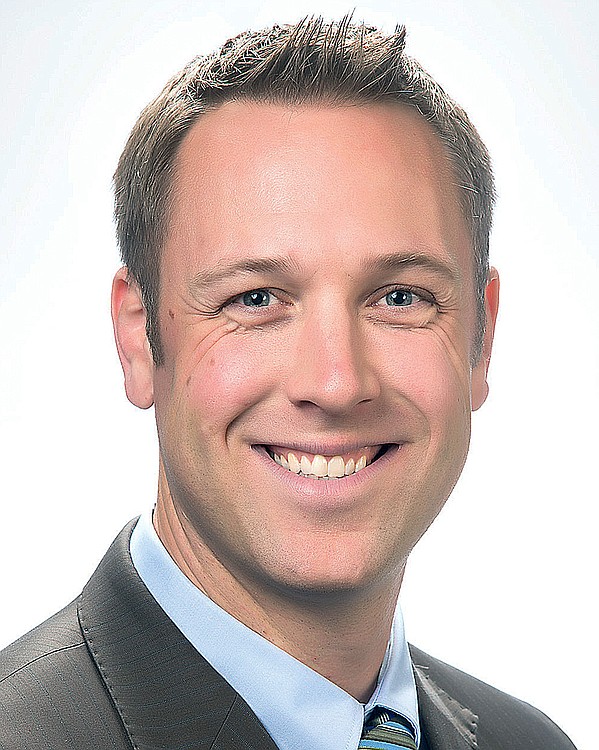I am proudly both a Husky and a Coug. With the exception of one day a year, this distinction has been a great advantage for me both personally and professionally.
Today, I am proud of the world-class education our higher education institutions provide. Many of my family and friends are making the world a better place with the tools, knowledge and connections they received at UW and WSU.
When I first heard of the proposal for WSU to expand medical education, I was skeptical. After learning about the community-based model and the following advantages, however, it became clear that one institution holding a monopoly on medical degrees in the state is not the best way to serve our citizens.
There is clearly both need and capacity in the health care system for this proposal to advance. Southwest Washington, like many other regions around the state, is struggling from a shortage of primary care physicians. Seventeen counties in Washington, including in Southwest Washington, have 10.3 physicians per 10,000 people or less compared to the national average of 26.1 per 10,000. While we do benefit from strong health care institutions and resources in the region, without a strong response from Washington State, we will experience tremendous challenges both regionally and nationally in recruiting and maintaining a strong health care talent base.
Our best solution for this shortage does not lie simply in providing for more degrees, but also in the way in which students are integrated into the community with the WSU model. WSU’s community-based model specifically contemplates a role for Southwest Washington. With an existing WSU footprint and student service infrastructure already in place, Vancouver would become a hub for medical students conducting their clinical rotations, as students would be based out of this region for their entire third and fourth year.

